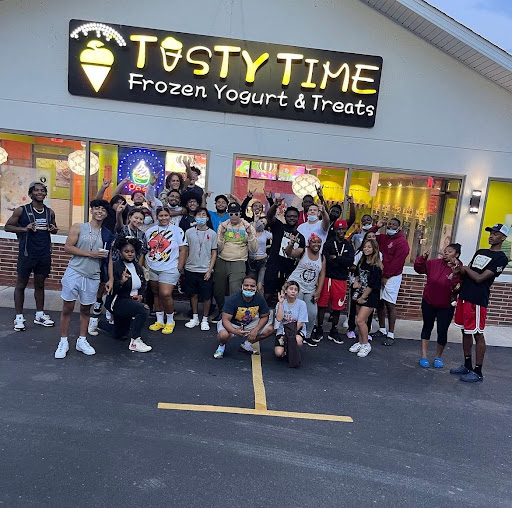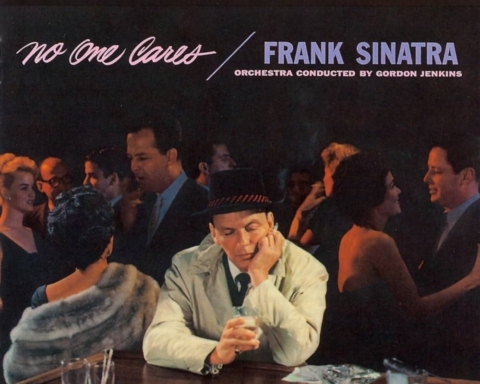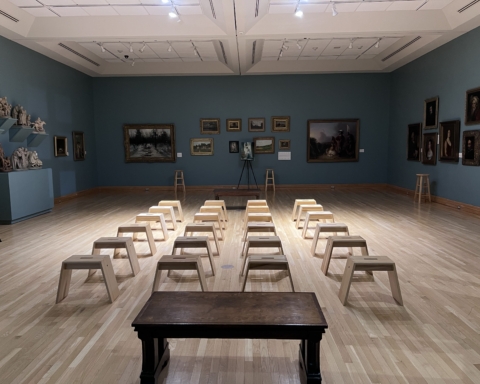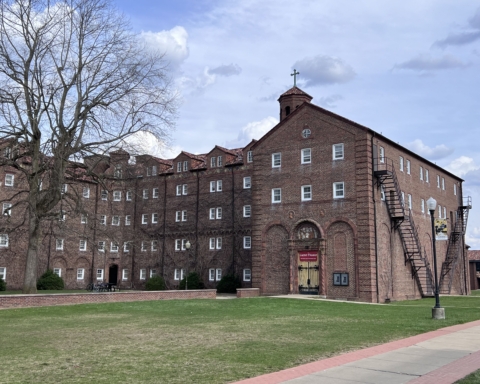By: Alicia Maxwell, Features Staff
Four weeks ago, The Bona Venture wrote about the logistics behind the Higher Education Opportunity Program from the perspective of Christopher Brown, executive director of the Student Success Center and HEOP. Now it is time to hear from a few of the students themselves.
HEOP provides scholarships to students from New York State who meet specific financial and academic requirements.
The HEOP program is not widely known to all rising high school seniors. In fact, many of the current Bonaventure HEOP students heard about the program from a third party.
“I learned about HEOP through my college counselor in high school,” Albys Reynoso, a sophomore psychology major, said. “I knew that it was an amazing opportunity for students who come from low-income families, and that it could help ease the cost of putting me through college.”
Upon filling out the application, there was a mixture of reactions to the remembrance. Some students agreed it was a pretty smooth road. Yet for others, it was a lengthy process that took two recommendations and an essay on top of tax information.
“My high school counselor had helped me through the process, but it wasn’t as tough when you have support,” Jerchy Dilone, a junior criminology major, said. “ I had to put down important information from my life and my family’s as well. If I remember correctly, I think I also had to write a few paragraphs as to why I deserved to be part of the HEOP.”
But that was just the application process. For the interview section, it was another story. They all said felt nervous for the interview, but found it to be pretty informal rather than complex.
“I was nervous because it was on zoom, and that was my first interview with a college, but I felt comfortable because they were talking to me as if I was just one of their friends and just made jokes,” said Jesus Martinez, a sophomore arts in theater major.
It is most appropriate to note Amy Smerkar, HEOP academic counselor, and Maggie Rosenberg, associate director, as two interviewers who HEOP students said made them feel comfortable.
“The interviewers were nice. Amy Smerkar and Maggie Young are a good duo — they make you feel calm. It only lasted 10 minutes, 15 minutes max.”
The eligibility requirements are not a “one size fits all.” As one student noted, there is a small flaw within the system due to the lack of academic resources most HEOP students received prior to attending college.
“I feel like they help out students with lower grades because I feel like if your grades are too high it’s harder to get accepted. So, I feel like there should be a broader range for people who can’t afford it, but they are smart enough.”
This is not to say HEOP students are unintelligent — it is to say there is a certain GPA range that needs to be met in order to be considered for the HEOP program. As Christopher Brown pointed out, students whose GPA are above the standard range 72 and low 80s the program looks towards their test scores and essay for reasons why they should be accepted into Bonaventure’s HEOP program. Therefore, it can be a harder process for those whose GPA is much higher.
Aside from the GPA range, students say the eligibility requirements have been said to be fair, which allows for a fighting chance.
“Personally speaking, I could never afford to come here,” Justin Anguisa, a sophomore psychology major, said. “I could never afford this tuition ever in my life and coming from New York City, normally people would go to community college, but I wanted to be different. I feel like it is great the way it is now.”
Apart from the scholarship opportunity, students say being a HEOP student is not always easy.
“Honestly I would change the way we engage with one another,” Ebony Sexius, a junior public health major, said. “I would aim for more HEOP trips and activities because half of the upperclassmen don’t know who the lower classmen are.”
On top of wanting more from the program itself, HEOP students said they have faced belittlement by a few outside of the program.
“Because we are part of HEOP, others see us as lazy and that we don’t deserve the help. Those who were not chosen to be part of the program may say or think that it was unfair that they were not chosen,” said Jeily Dilone, a junior Criminology major.
Dilone was not the first to mention such comments made about HEOP students. In , university administration were forced to address a slew of racially charged comments against HEOP students made on the anonymous social media app Yik Yak.
One anonymous Yik Yak user even commented, “HEOP people are all lazy [expletive] black apes.”
One, out of the many, targeted specifically at Black students as a whole with the assumption all Black students are a part of HEOP, saying, “Wish I was black so I could get everything for free.”
In spite of the shock, anger, and eventually laughter, HEOP students kept pushing through it all. The level of dedication given to students from HEOP faculty members has been beneficial and well appreciated by the students.
“The program has provided me with support services such as tutoring, counseling, and even just being here,” Sexius said. “They helped me get through college as much as they could.”
Overall, the program has helped HEOP students a lot with adjusting to college life.
“This program has put me in situations where I must be out of my comfort zone and has helped me with the way I talk,” Dilone said. “This program in a way molded me to be stronger, in my mind, and physically. This program is my second home and being part of this program is something I will always remember.”
And with an end goal of connections and preparations for life after graduation.
“You get to speak with former HEOP students and they try to connect you with LinkedIn as well,” Agudelo said. “ A lot of people are connected through HEOP, so in the future I will have connections and if I start now it would be helpful because it gives more opportunities for those future connections.”






